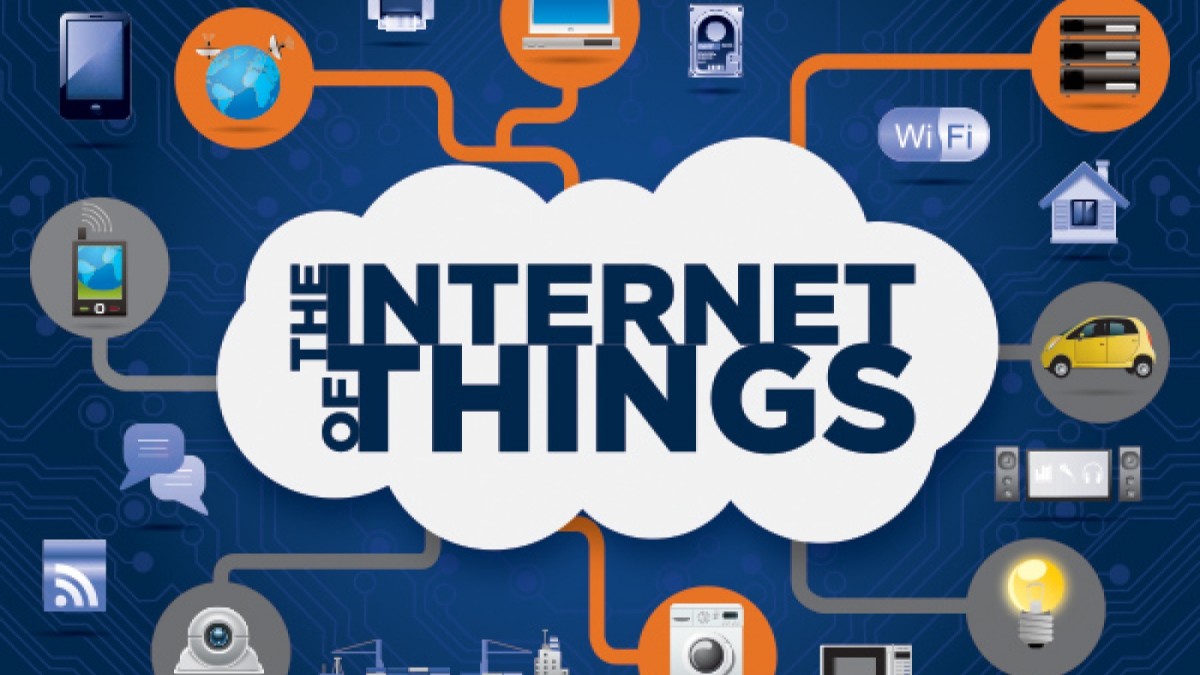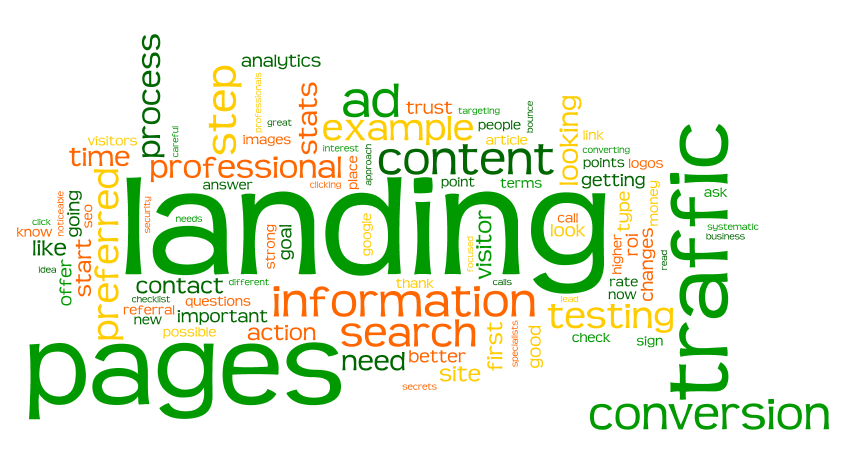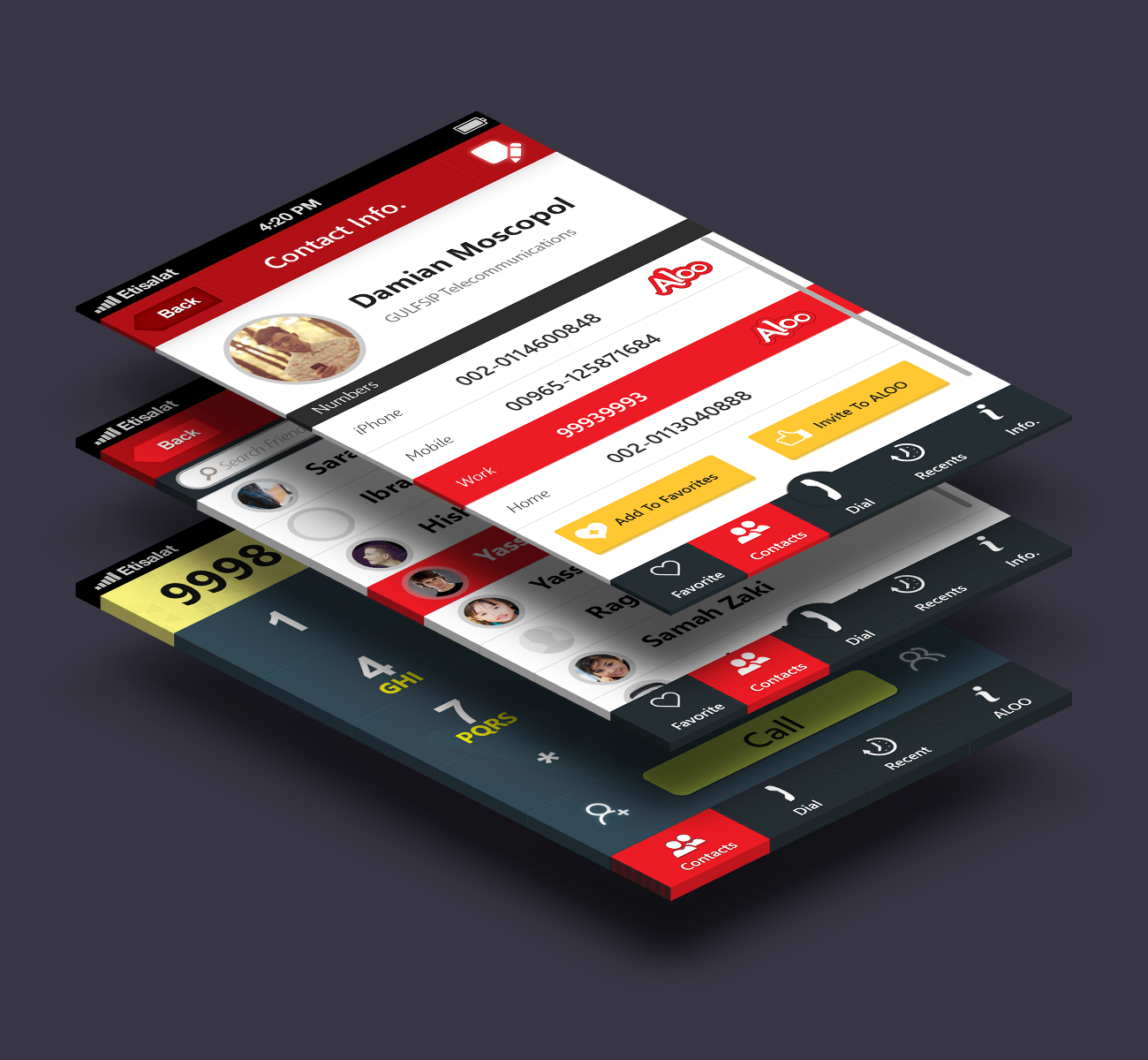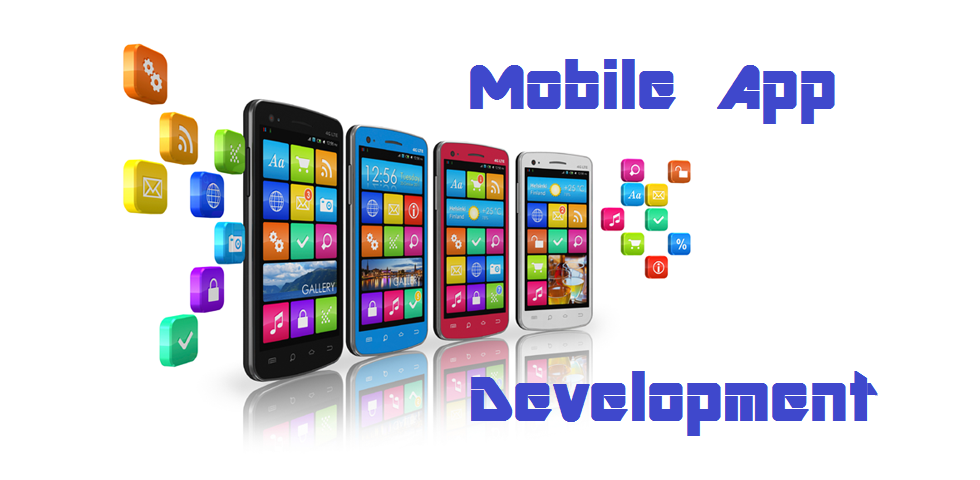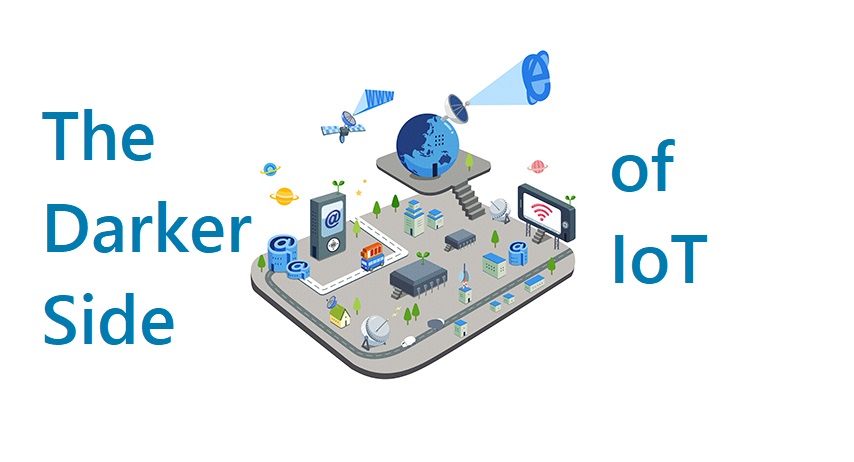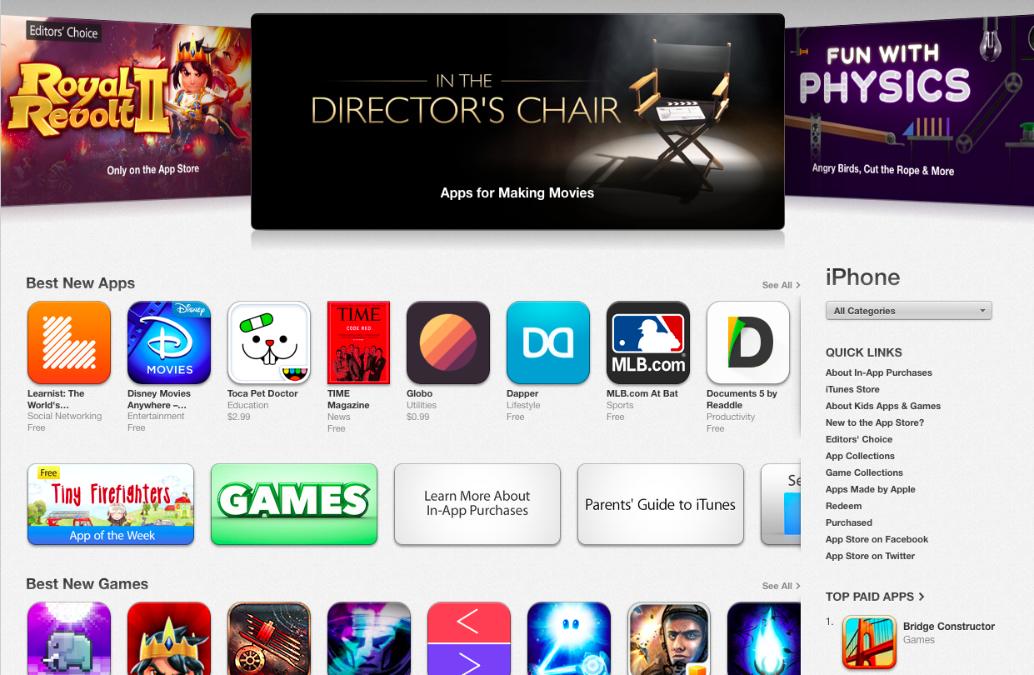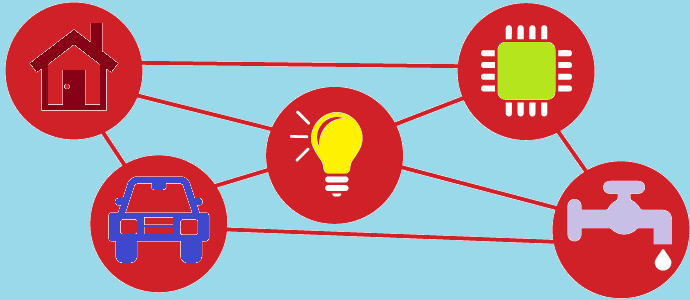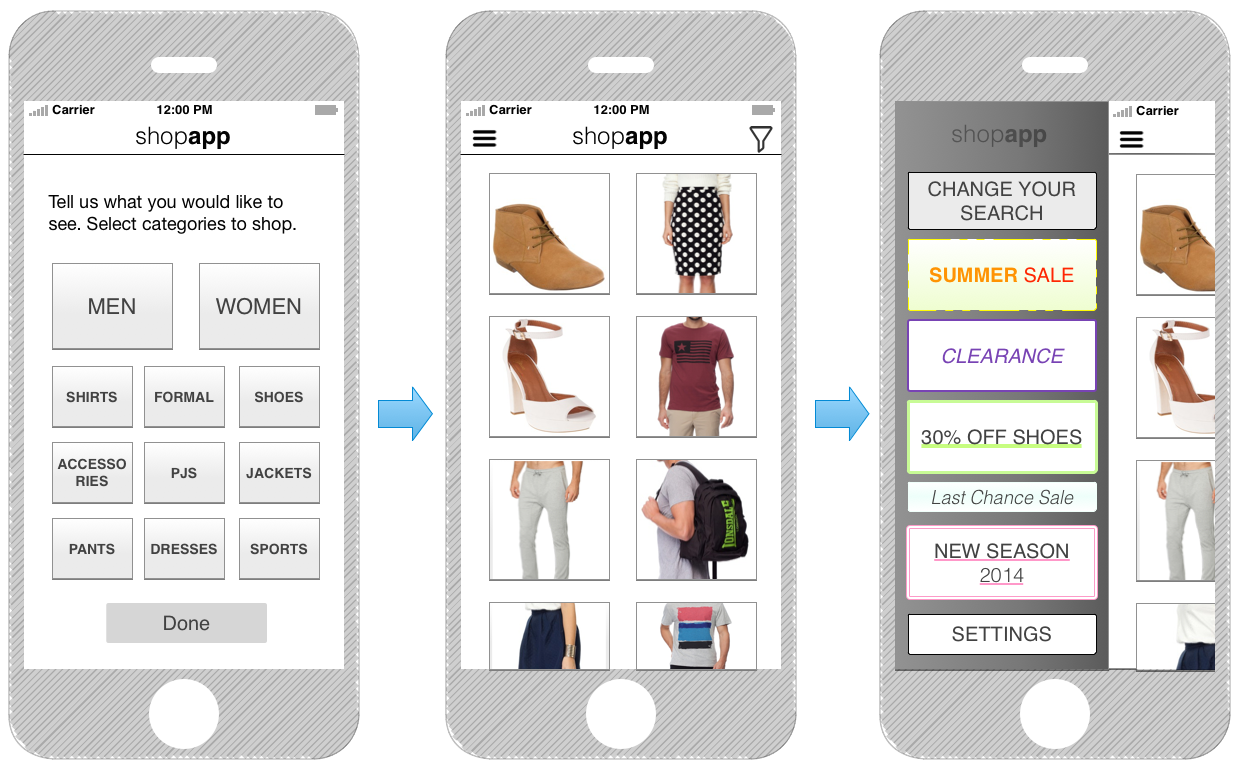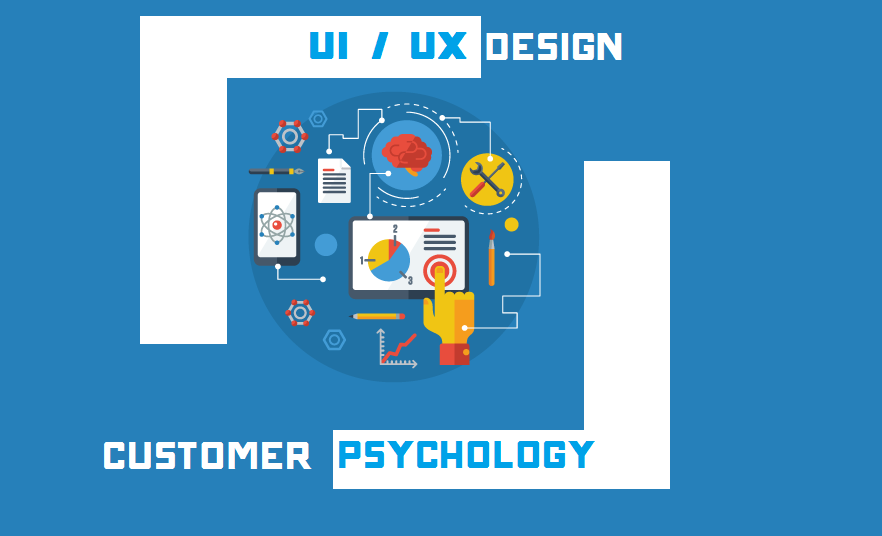Innovations That Transform Lives: Decoding IOT
How often have you thought of a fully automated life? How often have the biggest sci-fi movies kept you on the edge of your seats? How often have you wished your regular devices to run all the errands for you?
Too many questions, right? However, finding appropriate answers to these queries will help you participate in this discussion.
Today we look at the latest tech innovation known as IoT or ‘Internet of Things.’ And it happens to play a significant role in transforming business operations as well as human lives.
Let’s delve deep into the nuances and get knowledgeable on how IOT is revolutionizing our lives.
What is IOT?
Beginning with a proper definition will be the best thing to do. Internet of Things or IOT is a highly significant development in the virtual arena, which successfully connects devices, things, and objects over the internet. While discussing its features, you will come across two crucial aspects.
- M2M technology: IOT is established on the basic principles of M2M, which ensures vertical interactions between objects and devices. Internet of Things takes this concept forward and connects objects with users, enterprises, and other things.
- Information Transformation and analysis: IOT promotes the idea of information transformation via the virtual platform. Information change takes place from devices to servers leading to perfect analysis.
Identifying the changes
By connecting users, devices, things, and people virtually, Internet of Things will revolutionize both businesses and daily operations. Most importantly, IOT plays a highly significant role in transforming our regular lives.
The technology has the power to boost the performance of devices; we use regularly. You might wake up one morning to find your thermostat, wristwatch, and Smartphone functioning in a unique manner.
Revolutionizing lives and industries across verticals
As one of the high-end and powerful tech innovation, IOT leaves no stone unturned in transfiguring operations across industry verticals. Some of the prime industrial sectors reaping the benefits of this technology are:
I. Transport sector: The transport industry is integrating IOT into their existing operations. Car manufacturers will use Internet of Things and build self-driving vehicles. That will bring about some crucial changes in the transportation sector.
II. Social media: IOT or Internet of Things enables robust connections amongst users and brands via social media platforms. The technology facilitates better collaboration and communication amongst users and their chosen brands.
III. Business arena: By connecting numerous objects and devices within your enterprise, IOT will also ensure lucid business functioning.
Role in data analytics
Since we are talking about business data, it will be imperative to mention data analytics. One of the prime features of IOT is its contribution in big data analytics. By combining various data sets in a unified data environment, IOT will facilitate the successful conversion of data into intelligence, and further into critical business insights.
Concluding note
Let’s turn to statistics before we conclude. According to reliable market stats, IOT or Internet of Things will reach an estimated value of $1.9 trillion USD, by the end of 2020. Such predictions are enough to establish its importance. With such widespread popularity, it won’t take much longer for IOT to achieve unsurpassed success.


